Treating a wood kitchen countertop involves a series of careful steps to ensure the wood remains durable, hygienic, and visually appealing over time. The process begins with selecting the right type of wood, as some woods are naturally more resistant to moisture and damage than others. Hardwoods like oak, maple, and walnut are popular choices due to their density and durability. Each type of wood has unique characteristics that can influence the overall look and performance of the countertop.
Before applying any treatments, the wood countertop must be properly sanded to create a smooth, even surface. Start with coarse-grit sandpaper to remove any rough spots or imperfections, then gradually move to finer grits to achieve a polished finish. Sanding opens up the wood’s pores, allowing it to better absorb oils or finishes applied later. Always sand in the direction of the wood grain to avoid scratches and maintain the natural texture.
Cleaning the countertop thoroughly is essential before applying any treatment. Use a mixture of mild soap and warm water to remove dust, grease, and debris from the surface. Rinse with clean water and allow the wood to dry completely. Any residual moisture can interfere with the adhesion of oils or sealants, potentially leading to uneven or ineffective treatment.
Once the countertop is clean and dry, it’s time to choose a treatment method. There are several options, each offering different levels of protection and aesthetic appeal. Natural oils like mineral oil, tung oil, or linseed oil penetrate the wood, providing moisture resistance and enhancing the wood’s natural beauty. These oils are food-safe and need to be reapplied periodically to maintain their protective properties.

For those seeking a more durable finish, a blend of oil and beeswax can be used. This combination not only conditions the wood but also adds a layer of wax that provides additional protection against water and stains. Apply the oil and wax blend with a soft cloth, allowing it to soak into the wood before buffing off any excess. The wax layer can be periodically refreshed to maintain its protective qualities.
Polyurethane and other synthetic finishes offer a more robust seal, creating a hard, protective layer on the surface of the wood. While these finishes provide excellent resistance to moisture, heat, and scratches, they can alter the wood’s appearance and are not always food-safe. If using polyurethane, ensure it is labeled as suitable for countertops and follow the manufacturer’s instructions for application and curing times.
Regular maintenance is key to preserving the beauty and functionality of a wood countertop. Clean the surface daily with a damp cloth and mild soap, avoiding harsh chemicals that can damage the wood or its finish. Wipe up spills immediately to prevent staining and water damage. Cutting boards and trivets should be used to protect the countertop from knife marks and hot pots, which can cause burns or scratches.

Periodic reapplication of oils or waxes is necessary to keep the wood conditioned and protected. The frequency of this maintenance depends on the type of wood, the treatment used, and the amount of use the countertop receives. Generally, oil treatments should be reapplied every few months, while wax can be refreshed as needed. Regularly inspect the countertop for signs of wear and address any issues promptly.
If the countertop begins to show significant signs of wear, such as deep scratches, stains, or a dull finish, more intensive maintenance may be required. Sanding the surface to remove damage and reapplying the chosen treatment can restore the wood’s appearance and protective qualities. This process should be done carefully to avoid removing too much material and to maintain the countertop’s structural integrity.
Addressing stains on a wood countertop involves gentle yet effective methods to avoid damaging the finish. For light stains, a paste made from baking soda and water can be applied to the affected area and gently scrubbed with a soft cloth. For more stubborn stains, sanding may be necessary to remove the discoloration before reapplying the finish.
Preventative measures can greatly extend the life of a wood countertop. Using coasters, trivets, and cutting boards minimizes direct contact with moisture, heat, and sharp objects. Educating all household members on proper care practices ensures the countertop remains in good condition. Regularly applying protective treatments and performing maintenance tasks diligently helps maintain the wood’s natural beauty and functionality.
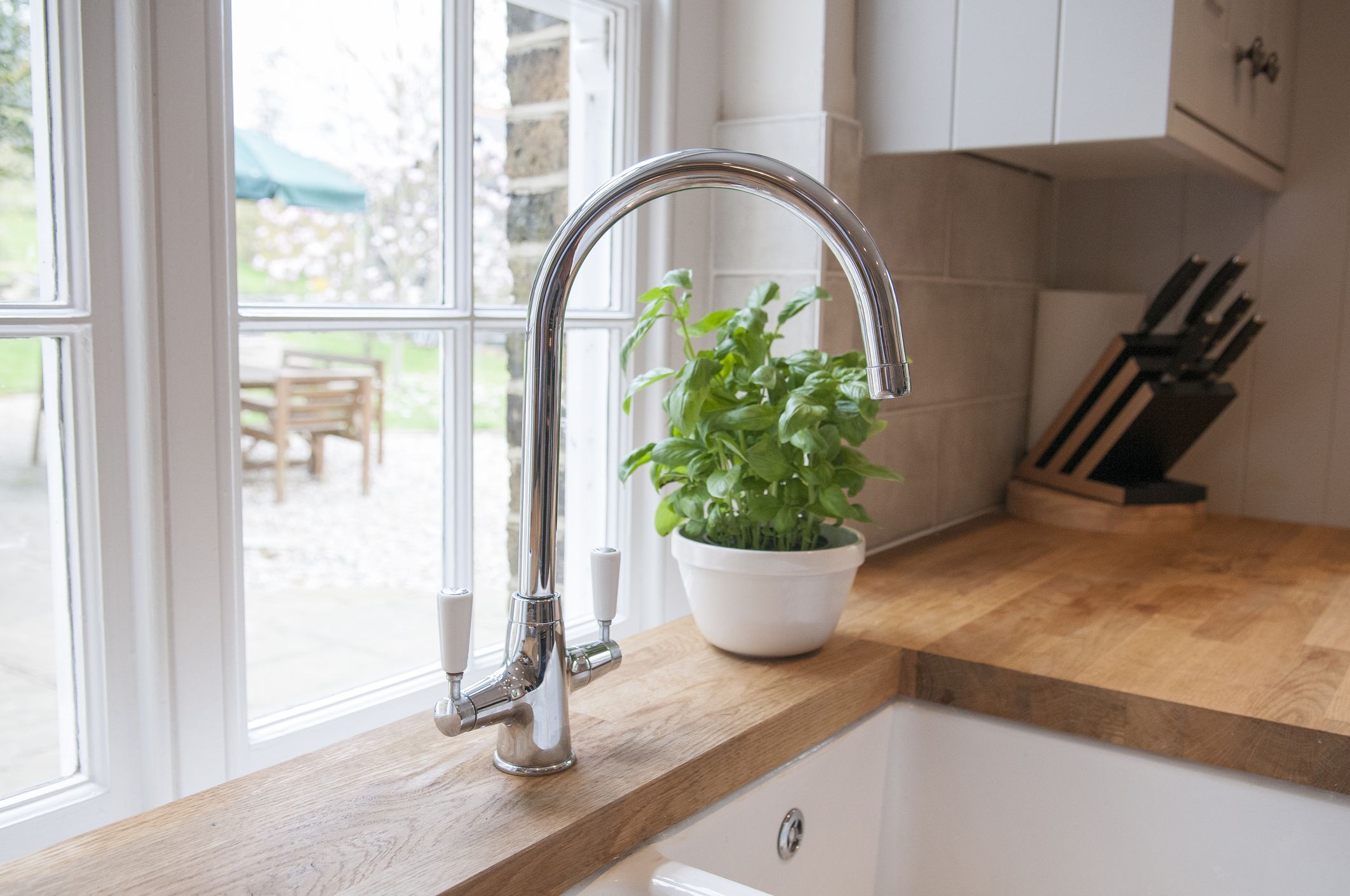
Environmental factors can also affect a wood countertop’s condition. Excessive humidity or dryness can cause the wood to expand, contract, or warp. Maintaining a stable indoor environment, using a humidifier or dehumidifier if necessary, helps prevent these issues. Proper ventilation in the kitchen also reduces the risk of moisture-related problems.
Choosing food-safe treatments is crucial, especially for countertops used for food preparation. Natural oils and waxes are generally safe, but synthetic finishes should be verified for food safety. This consideration ensures that no harmful chemicals come into contact with food, making the kitchen a safer environment for meal preparation.
Wood countertops offer a warm, natural aesthetic that enhances the overall appeal of a kitchen. Their unique grain patterns and rich colors add character and charm. With proper care and maintenance, a wood countertop can be a durable and beautiful feature that lasts for many years, providing both functional and aesthetic benefits.
In conclusion, treating a wood kitchen countertop involves careful selection of materials, thorough preparation, appropriate treatment application, and ongoing maintenance. By following these steps and using the right products, you can ensure your wood countertop remains a stunning and practical part of your kitchen.
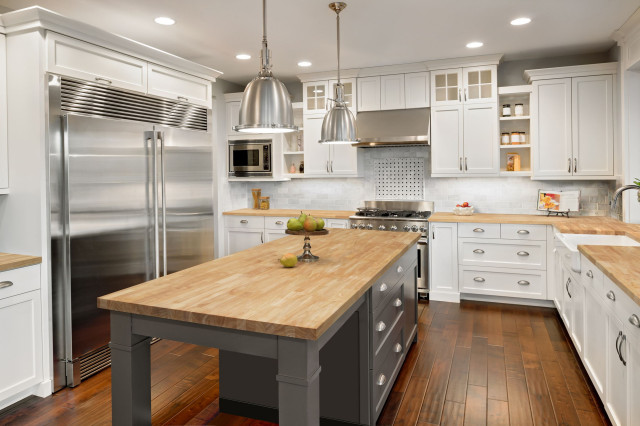
Common Mistakes to Avoid
Using the Wrong Type of Wood: Some woods are not suitable for countertops due to their softness or susceptibility to moisture. Always choose a hardwood like oak, maple, or walnut.
Inadequate Sanding: Failing to sand the wood properly can result in an uneven finish and poor absorption of oils or finishes.
Not Cleaning Thoroughly Before Treatment: Any dirt, grease, or moisture left on the wood can interfere with the effectiveness of the treatment.
Using Harsh Chemicals for Cleaning: Harsh chemicals can damage the wood and the protective finish. Stick to mild soap and water.
Neglecting Regular Maintenance: Failing to reapply oils or waxes and address damage promptly can lead to deterioration and shorten the countertop’s lifespan.

How often should I oil my wood kitchen countertop?
The frequency of oiling a wood kitchen countertop depends on the type of wood, the amount of use, and the environment. Generally, it is recommended to oil the countertop every 1 to 3 months. High-use areas or dry climates may require more frequent oiling. Regular oiling helps maintain the wood’s moisture resistance, prevents drying out and cracking, and keeps the countertop looking its best.
What is the best oil to use for treating a wood countertop?
The best oils for treating a wood countertop are natural, food-safe options such as mineral oil, tung oil, and linseed oil. Mineral oil is easy to apply and does not go rancid, making it a popular choice. Tung oil penetrates deeply and hardens to form a durable, water-resistant finish. Linseed oil provides a protective barrier but may take longer to dry. Choose an oil that suits your needs and follow the manufacturer’s instructions for application.
How do I remove stains from my wood countertop?
To remove stains from a wood countertop, start with gentle methods to avoid damaging the finish. For light stains, create a paste from baking soda and water, apply it to the stain, and gently scrub with a soft cloth. For more stubborn stains, you may need to sand the affected area lightly and then reapply the oil or finish. Always clean up spills promptly to prevent stains from setting in.
Can I use polyurethane on my wood countertop?
Yes, polyurethane can be used on wood countertops, but it’s important to choose a product specifically labeled for use on countertops and ensure it is food-safe. Polyurethane provides a durable, water-resistant finish that protects against scratches and heat. However, it can alter the natural appearance of the wood. Follow the manufacturer’s instructions for application and curing times to achieve the best results.
What are the signs that my wood countertop needs to be resealed?
Signs that your wood countertop needs to be resealed include the surface appearing dry or dull, water not beading on the surface, and the presence of stains or scratches. If you notice any of these signs, it’s time to reapply the chosen treatment, whether it’s oil, wax, or a synthetic finish. Regular resealing helps maintain the wood’s protective barrier and keeps the countertop in good condition.
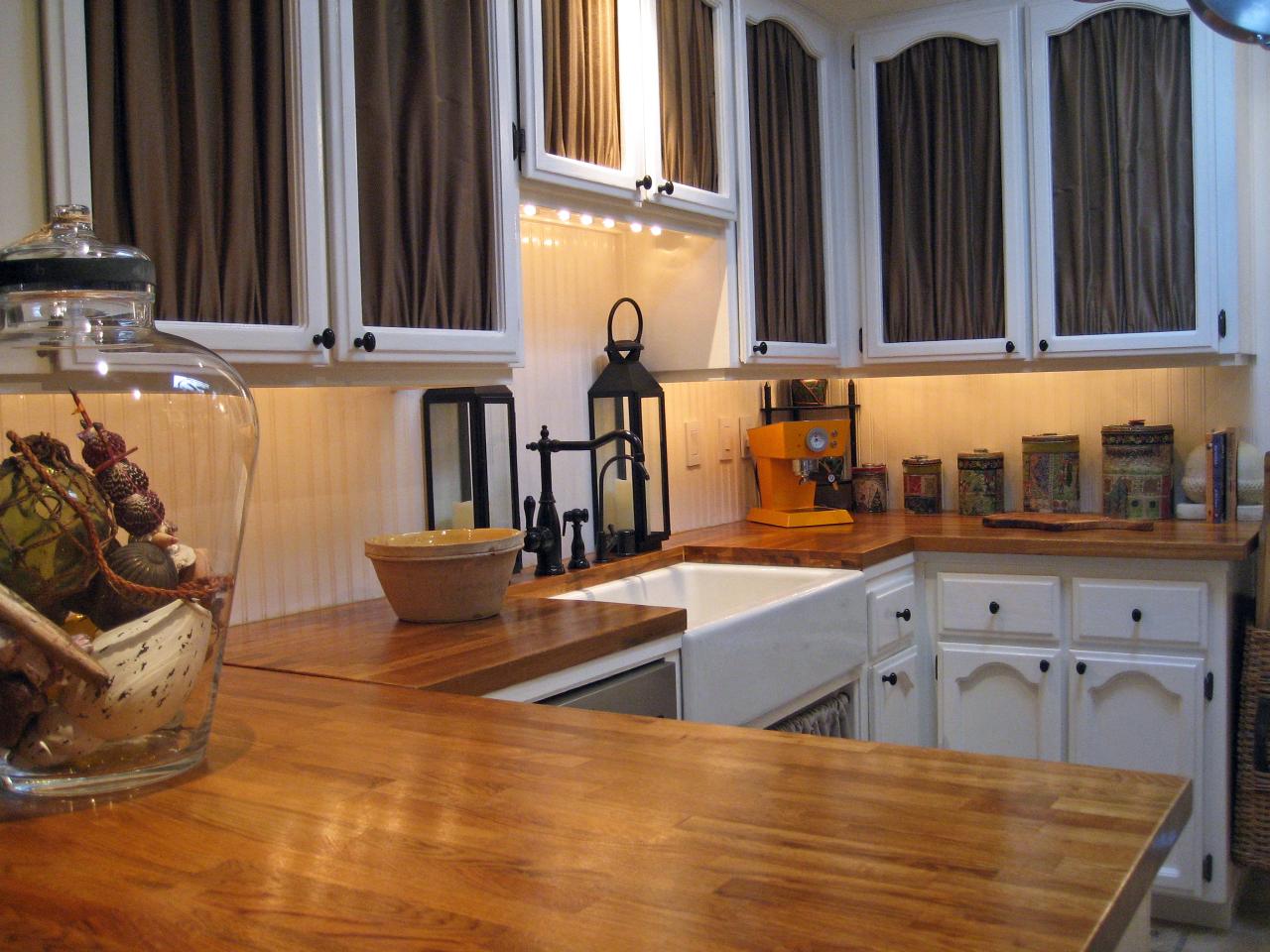
How to Stain Butcher Block
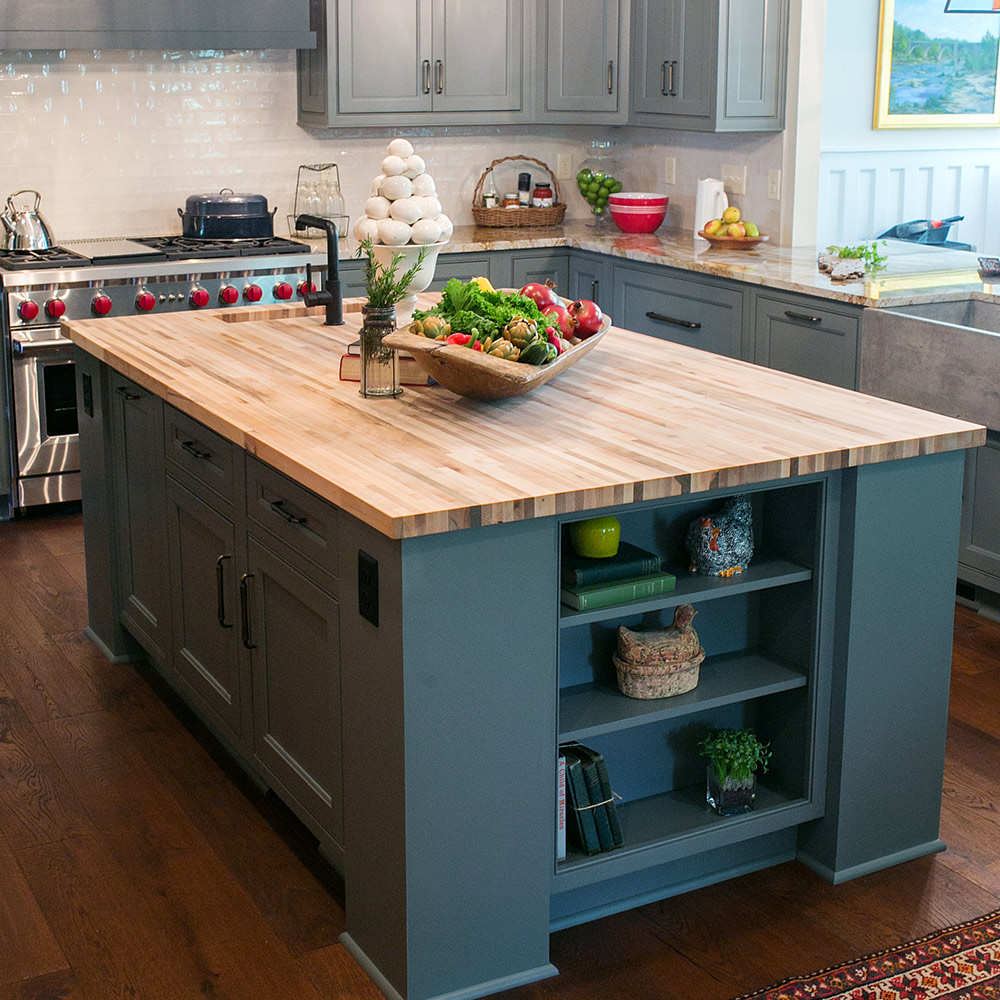
Finish and protect wood counters around a sink Thrifty Decor
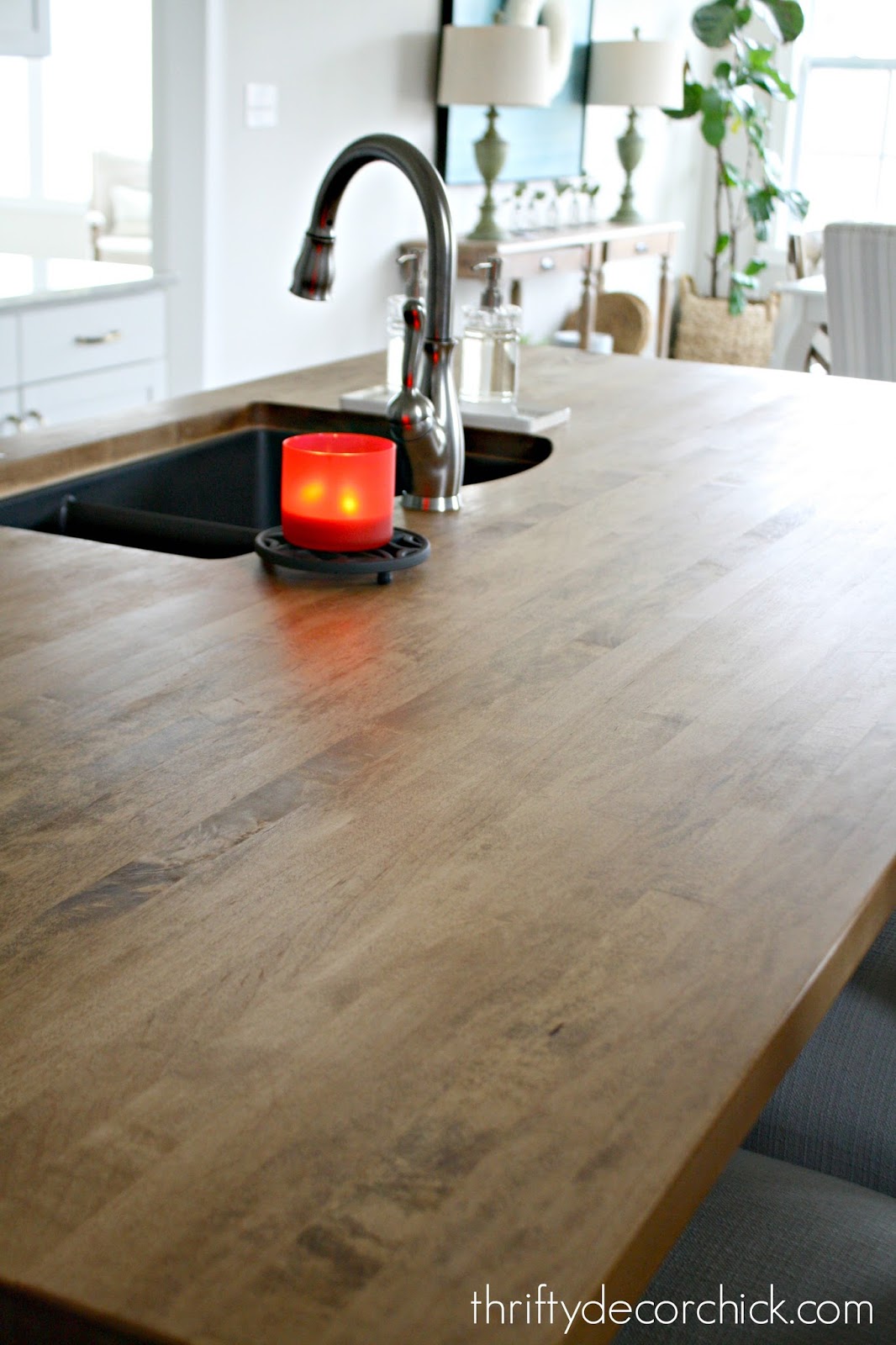
How to Build & Seal Wood Countertops
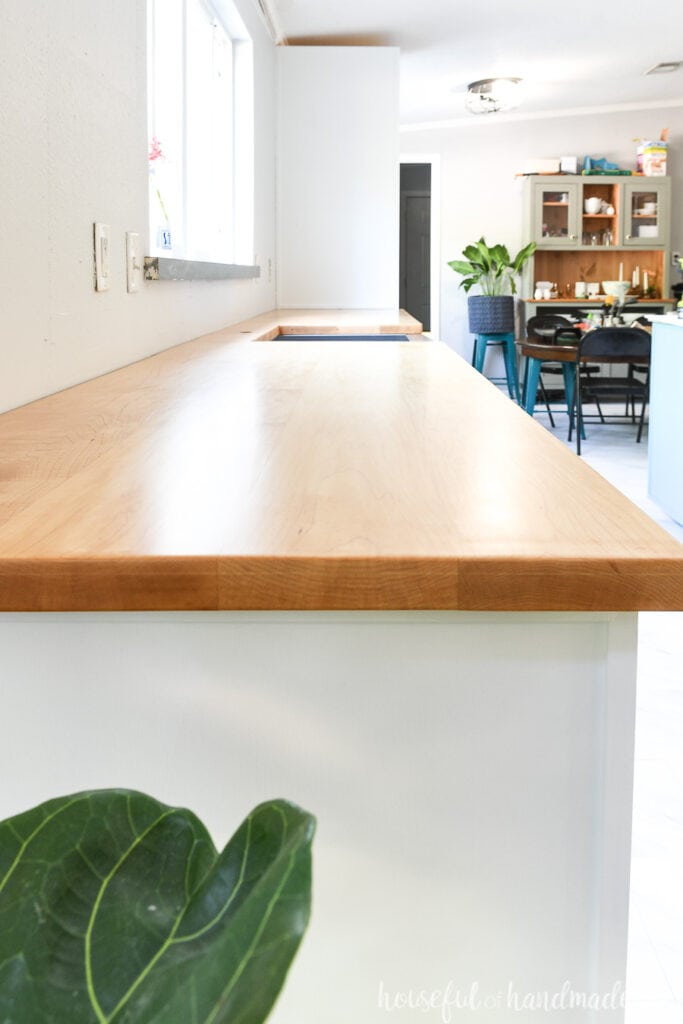
How to Care for Wood Kitchen Countertops
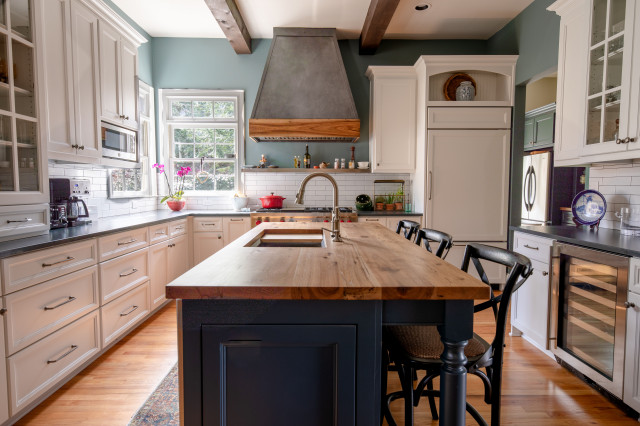
Related articles: